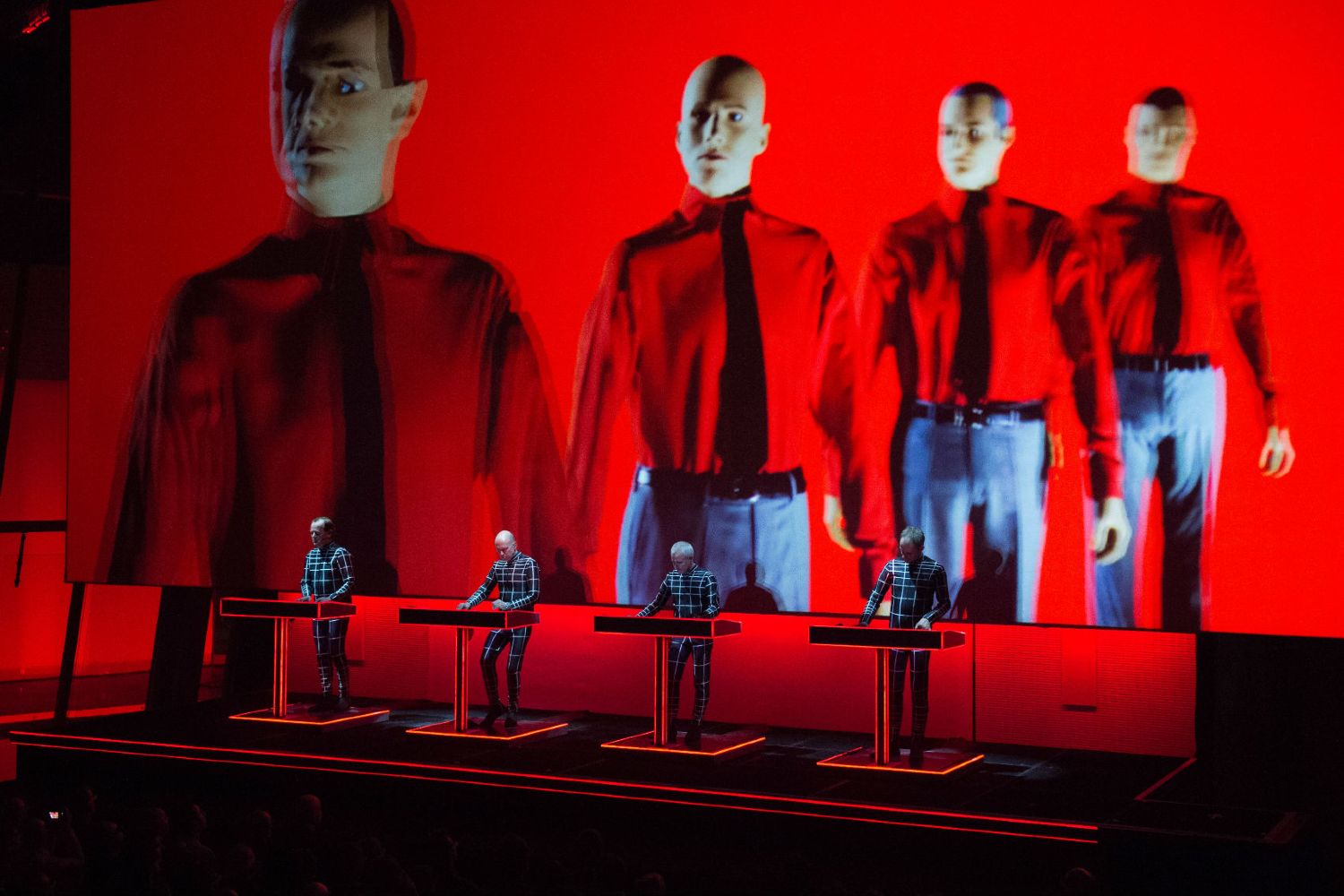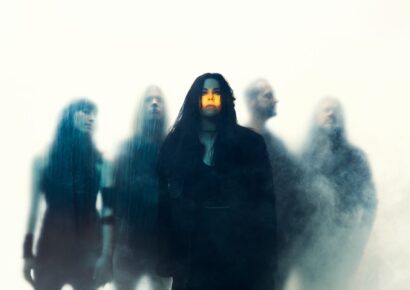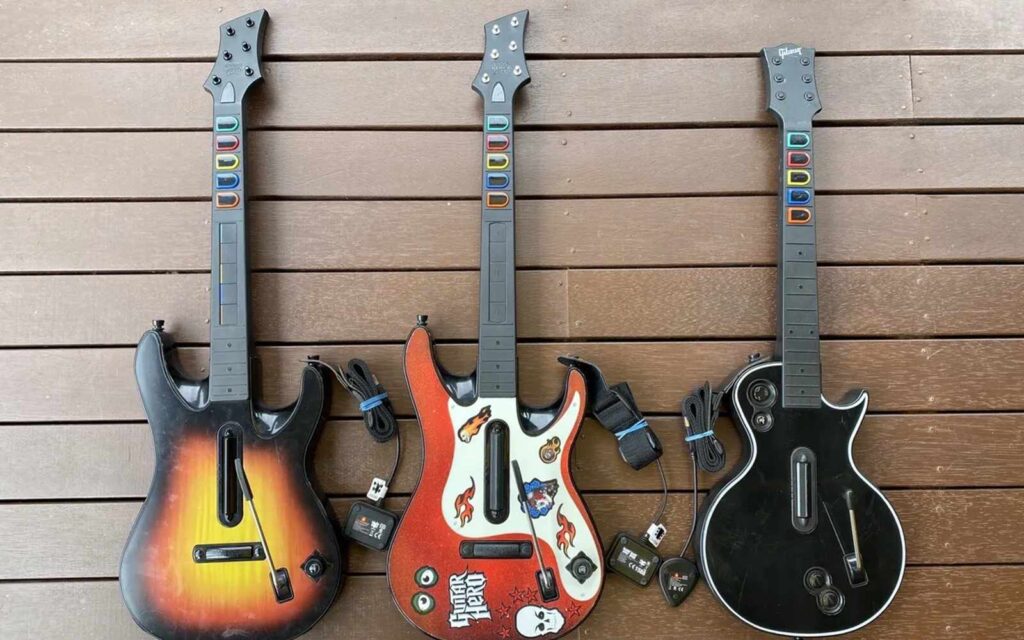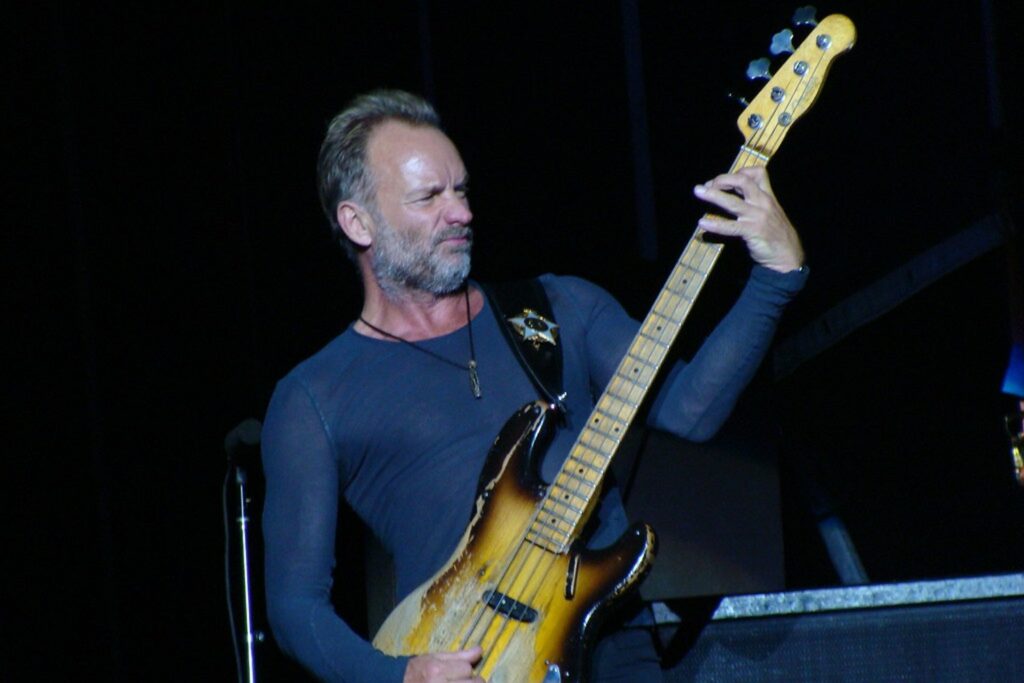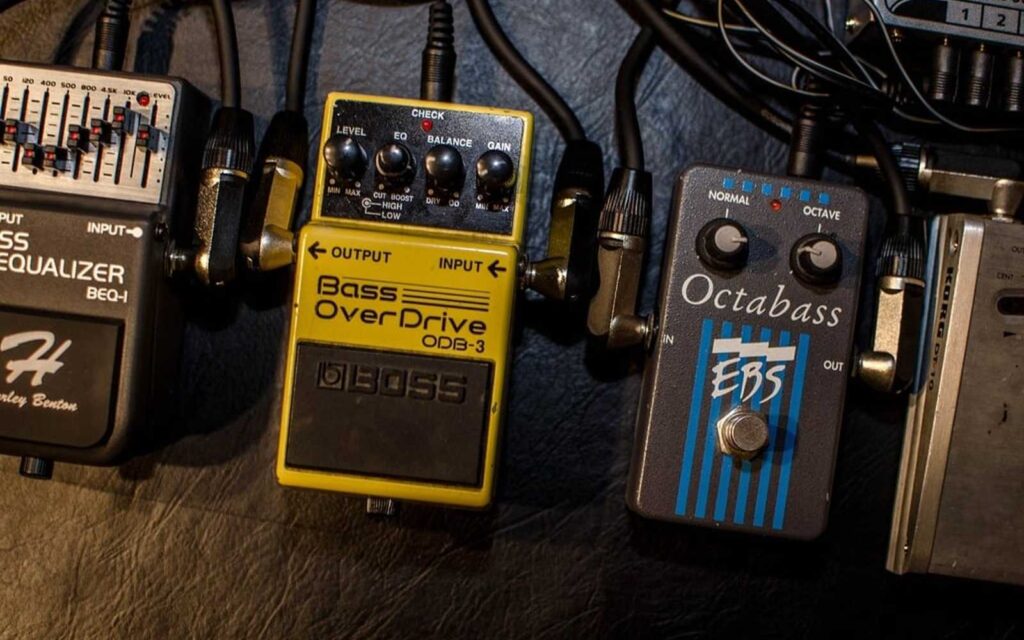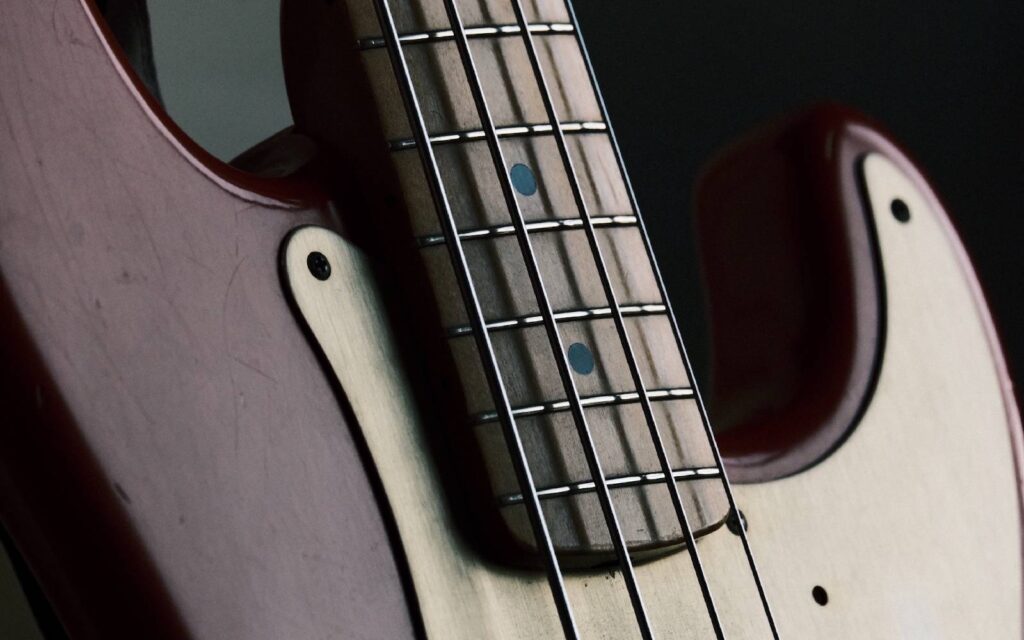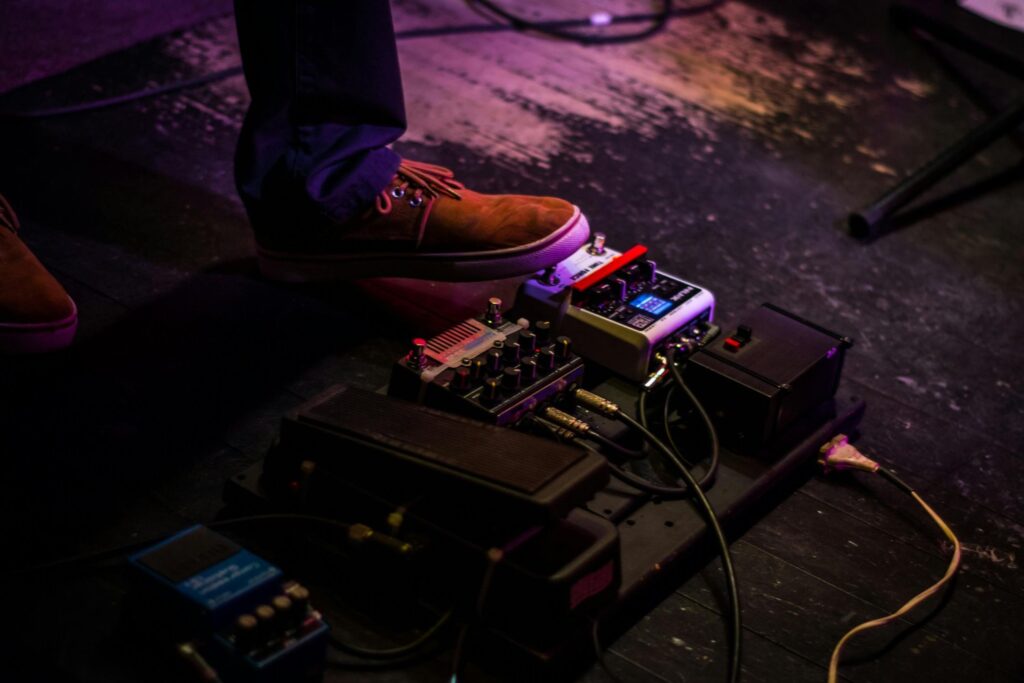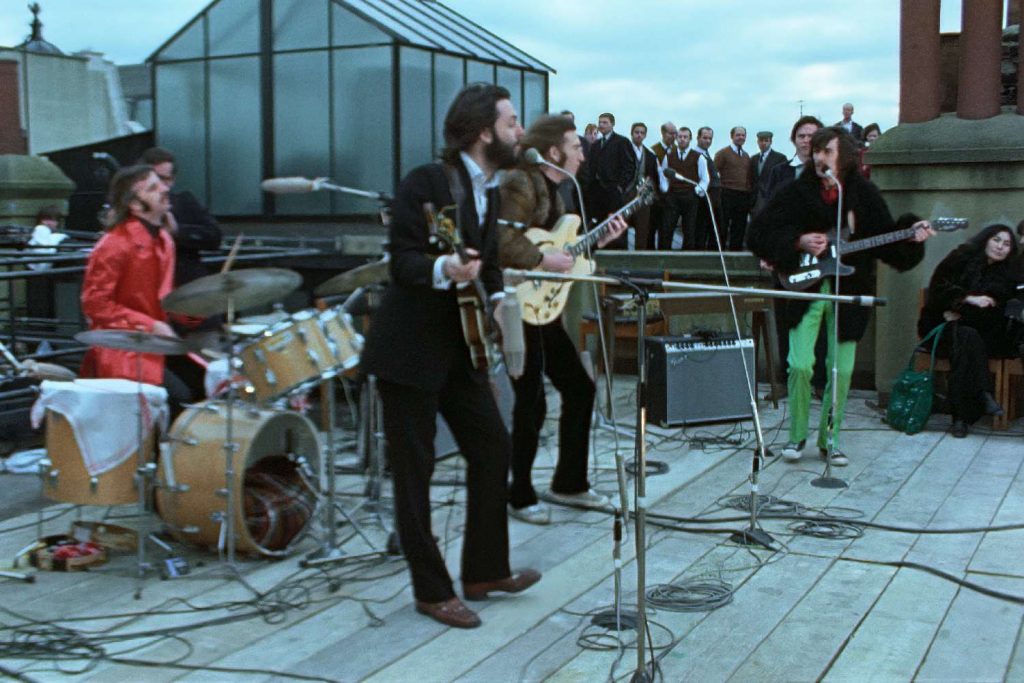This year celebrates 53 years of Kraftwerk's iconic self-titled album, and today we’re taking a look behind the scenes of how the record came to life.
If you’ve never heard of them before, Kraftwerk are the forefathers of electronic music, their albums dating back to the 1970’s are jam packed with sounds and moments that would give today’s DJs a run for their money. This year celebrates 53 years of the group’s iconic self-titled album, and today we’re taking a look behind the scenes of how the record came to life.
Read all the latest product & music industry news here.
1970 was an iconic year for trailblazing music, rock gods Black Sabbath dropped Paranoid, folk duo Simon and Garfunkel dropped Bridge Over Troubled Water, and Jimi Hendrix played at the Monterey Festival. In Germany, friends Ralf Hütter and Florian Schneider were working on their debut album, Kraftwerk. The pair met years prior at the Academy of Arts in Düsseldorf, and bonded over their love for bizarre electronics and music.
Kraftwerk was produced by popular German record producer Konrad ‘Conny’ Plank, who can be thanked for much of music today alongside Kraftwerk. He also worked on many releases from groups such as Ultravox, The Eurythmics, Brian Eno, and even Australians Hunters & Collectors.
His work has been hailed by many, with much of his choices still impacting music to today. Many artists still refer to Plank as one of the best, his production abilities allowed bands and artists to somewhat be left to their own devices, his presence brought the best out of artists, and he’d start the recording process just as there was a spark.
The record, only consisting of four tracks, kicks off with ‘Ruckzuck’, a song that opens with dissonant flute echo, before entering a catchy melody line, moving into a world of krautrock, also due to the group relying on real instruments to create their sounds, rather than today’s Kraftwerk that rely more so on computers.
It’s also interesting to illustrate that this was many listeners first introduction to the group and their unconventionality, with ‘Ruckzuck’ not following any normal song functions, and not even featuring a melody, showcasing why Kraftwerk are one of the most original groups out there.
This song was also famously used as the theme music for a kids show called Newton’s Apple, with the show receiving no legal allowance to use the track, subsequently moving onto a cover of the track.
One thing immediately clear about this track and album compared to later Kraftwerk releases is the focus on percussion, this record featured the drumming talents of Klaus Dinger and Andreas Hohmann, the former of which went on to form the popular Krautrock group Neu!, a group that incorporated much of the same elements as Kraftwerk, while putting their own spin on things.
The analogue nature is also heard through the production of this release, before Kraftwerk’s computer use, the listener is almost forced to separate each section of the release, Plank’s work outlines each instrument evenly. The piano line to ‘Ruckzuck’ was performed by Ralf Hütter, on a Hammond Organ which he modified to give an interesting timbre. The idea of taking apart and rebuilding devices has continued throughout their decades long run, as the world’s technology advanced, many technological based devices were manipulated and put onto their records.
Many of the ‘real’ instruments used throughout Kraftwerk were run through pitch-to-voltage converter, which converts incoming sound to voltage, which is then subsequently used to power a synthesiser, explaining many of the duplicate sounds heard throughout this record.
The next track on the album is ‘Stratovarius’, once again using many of the same instruments used in the opening track, almost bringing the whole of Side 1 together, each song flowing into one another.
Side 2 opens with ‘Megaherz’, once again, sitting around the 10-minute mark, and using much of the same instrumentation as heard on the first side of the release.
This song features Hütter and Schneider, meeting with bass, flute and keyboards, before reaching an exciting climax.
Closing the Kraftwerk record is ‘Von Himmel Hoch’, a track that kicks off with a long drone, gradually getting into a groove courtesy of drummer Klaus Dinger.
Perhaps one of the most surprising things about this album and its follow up, aptly titled Kraftwerk 2, is that no songs from those albums have been performed live by the 4 piece since 1975. With late member Florian Schneider referring to the first releases as “archaeology”.
One clear element of Kraftwerk is their affinity for visuals, something that’s been a staple of their work since the 70s, as seen by Kraftwerk’s album art, a lone traffic cone and a white background, designed by Ralf Hütter, and it was influenced by Andy Warhol, an artist who was extremely popular at the time.
After Kraftwerk, the German group went onto release a further 9 records, and continue to tour regularly, last hitting Australia back in 2013.
Check out more info on Kraftwerk here.
